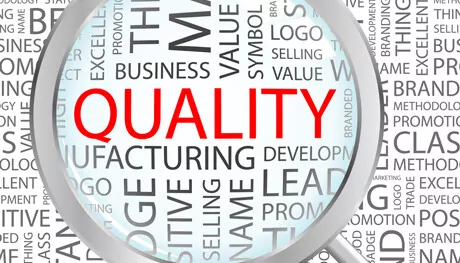Contract Manufacturing, both foreign direct investment (FDI) and local, is the new norm. The advancement of this diverse and complex activity plays a vital role in the supply chain and encompasses multiple facets of the pharmaceutical and medical technology business — including research, development, clinical, manufacturing, testing, batch release, post-market surveillance, and beyond.
On Thursday the 29th February 2024, the PDA Ireland Chapter hosted a sold out event on Contract Manufacturing, which was facilitated by industry leaders, experts, and pharmaceutical company representatives. The event was enhanced with informative stands by multiple sponsors and enriching connections and conversations which occurred throughout the day.
The theme of the event was “Achieving and Maintaining a Successful Partnership” and some key takeaways are outlined below.
As was discussed during the event, selection factors for a contract manufacturer traditionally focus on quality / compliance (including regulatory inspection history) and reliability (including technical capability / capacity). However, with the rapid evolution of the contract manufacturing model, sustainable outcomes are now rooted in establishing trustful, transparent, and durable long-term partnerships.
There are two parties involved – the contract giver and the contract acceptor and, as one presenter noted, it is important to always understand the process from both sides. Some enablers in this process discussed during the event include:
- Establishment of a regular cadence of two-way communications, e.g. regular steering meetings, governance models – such as thinking through and aligning on key performance indicators, capacity planning / cost of poor quality etc.
- Strategic alignment at all levels, encompassing both technical deliverables and cultural organizational values. Celebrating shared project milestones and accomplishments.
- Truly mapping the product lifecycle to enable a mutual understanding and seamless transfer of knowledge with identification of all functions involved, including shopfloor as needed.
- Ensuring the Quality Technical Agreement is a “living” document and, as one presenter noted, “not gathering dust on the shelf”. Both parties need to be aligned on responsibilities, including “the who” and “the what” in the event of “the what if” scenarios happening.
- Most importantly, recognizing that ongoing development and investment in the organization’s people is non-negotiable. It is essential to upskill the technical team with commercial / business acumen, project management skills and effective communication including conflict resolution and relationship building. The strength of open and transparent communication at regular intervals is transformative to “product / process knowledge” and establishes the roadmap for mutually enduring partnerships.
The contract manufacturing model continues to be innovative and supports long-term and sustainable growth. There are many mutual and tangible benefits from strong and transparent partnerships, including cost efficiency, access to core expertise, agility, flexibility, and scalability which are all enablers for speed to market / global reach. However, building partnerships on a foundation of trust should not be a “tick the box exercise” – it takes time, effort and energy and the necessary communication skillset. However, the outcome is worth the investment, resulting in long-term collaborative synergies and aligned values that ultimately serve the common goals of delivering safe and effective medicine to patients who need them.
References:
- EudraLex Volume 4 Good Manufacturing (GMP) Guidelines – Chapter 7- Outsourced Activities. Accessed through: Chapter 7 final version 11102011 (europa.eu)
- FDA: Contract Manufacturing Arrangements for Drugs: Quality Agreements Guidance for Industry. Accessed through: Contract Manufacturing Arrangements for Drugs: Quality Agreements Guidance for Industry (fda.gov)
Author – Annette Boland, Quality & Compliance Executive at Cencora PharmaLex








